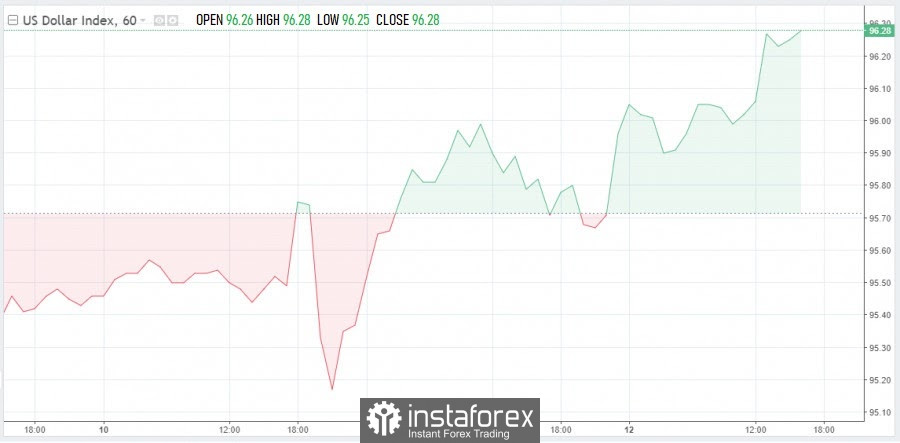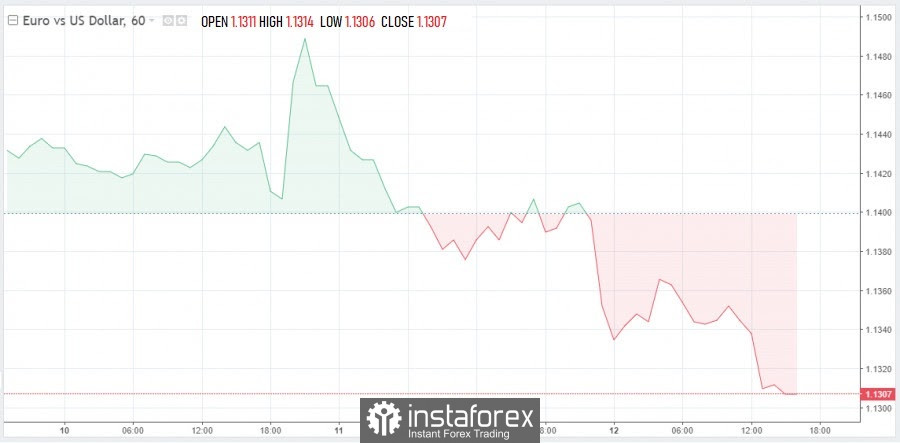
The recent lull on the geopolitical front has again been replaced by an escalation of tension around Ukraine. As a result, Monday was marked by the return of increased volatility to the markets. Investors avoid risky assets by buying up more reliable ones.
German Chancellor Olaf Scholz traveled to Kiev on Monday to meet with Ukrainian President Volodymyr Zelensky. On Tuesday, the head of Germany is scheduled to meet with Russian President Vladimir Putin in Moscow. It is known that Scholz's meeting with the heads of Eastern European states aims to achieve progress in the implementation of the Minsk peace agreements designed to end the separatist conflict in eastern Ukraine.
According to a source in the German government, during the upcoming meeting, Scholz intends to remind Putin that Russia will have to face serious consequences if it still dares to attack Ukraine. At the same time, the source added that the Russian side should not underestimate the unity between the European Union, the United States and the United Kingdom. The German government admits that it does not expect any concrete results from this meeting.
Against the background of all this, the US dollar felt much more confident than risky currencies on Monday. The relentless anxiety about a possible war on the territory of Ukraine and the strongly growing inflation in the United States gives the greenback an incentive to grow. Last Sunday, the US government expressed the opinion that Russian troops could invade Ukraine any day and anything could serve as a reason for this.
The dollar index against a basket of six major currencies on Monday fell by 0.20% to 96.28.

The single European currency, amid tensions over Ukraine, began to show obvious weakness on Friday, and on Monday it continues to remain under pressure. Paired with the greenback, the euro sank by 0.35% to the level of $1.1307, which is significantly lower than last week's high ($1.1495).

The United States said that the number of Russian military personnel at the borders with Ukraine already exceeds 100,000 people. At the same time, Russia denies the statements of the American side that it is going to invade Ukrainian territory. According to Kremlin representatives, the increase in the number of Russian military personnel near Ukraine is just a response to the aggression of NATO countries.
Meanwhile, British Prime Minister Boris Johnson intends to head to Europe to negotiate with NATO allies. Johnson is going to unite the countries of the euro region against Russia, as well as develop a unified sanctions position in the event that Russian servicemen invade the territory of Ukraine.
At the same time, more and more countries are withdrawing their diplomats from Ukraine and advising their citizens to leave the country. On February 11, more than ten countries reported on such decisions, including the United States, Great Britain, and Israel. According to RIA Novosti on February 12, employees of Russian consulates and diplomats are also leaving Ukraine.
To date, it has become known that the Japanese Foreign Ministry has also decided to withdraw almost all of its diplomats from Ukrainian territory. The Japanese Embassy in Kiev reported that in the future it intends to perform only a limited set of functions.
On February 14, it became known that the Serbian Foreign Ministry also urged its citizens to leave Ukraine in a hurry.
In addition to foreign citizens, Ukrainian businessmen from the Forbes list are also fleeing the country – some by charter flights, and some by private planes. According to the publication "Ukrayinska Pravda", on February 13, about 20 planes took off from Kiev.
Meanwhile, the official representative of the Ministry of Foreign Affairs of the Russian Federation, M. Zakharova, said that the authorities of Western countries, backed by a massive and coordinated stuffing of false information by foreign media, deliberately create an artificial escalation around Ukraine.
Increased uncertainty about Ukraine will persist at least in the short term. In such an environment, investors will not be interested in risky assets, especially since after the release of record inflation data in the United States last week, the markets expect aggressive actions on rates from the Federal Reserve.





















